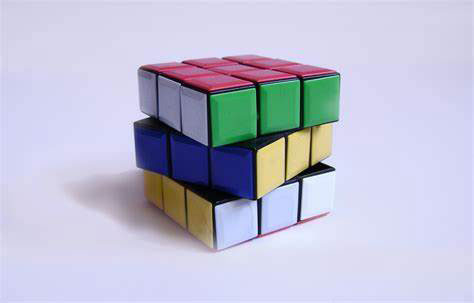Bizarre Christmas Toys that Broke Sales Records
Some toys never should have sold, and yet they became blockbusters, earning fortunes and delighting the masses.
1: The Hula Hoop – In the early 1950s, Arthur Melin bought the rights to the Hula Hoop for $100. A lousy HUNDRED BUCKS!
Everyone, including market researchers, thought it was a ridiculous fad that wouldn’t last because hey, it was a big plastic circle.
But Melin started an aggressive marketing campaign, convincing toy stores to stock the Hula Hoop and promoting it heavily on television.
Here’s the kicker: Each store gave away a few hula-hoops. Once kids saw a hula-hoop in action, they ran home to demand their parents buy them one, too.
This resulted in a massive sales boom, with over 25 million Hula Hoops sold in just four months.
And for a hundred-dollar investment. That just blows my mind.
Lesson: Try giveing away free samples.
2: The Pet Rock – This is everybody’s favorite example of a product that never should have sold. I mean, who’s going to buy it, right?
In 1975, Gary Dahl was inspired by friends’ complaints about their pets to create a pet that was “always happy, never hungry, and never needs to be walked.”
He sold rocks in cardboard boxes with straw bedding and an instruction manual for $3 each. Despite its absurdity, The Pet Rock became a sensation, with over 5 million sold in just six months.
The success of The Pet Rock was attributed to its novelty humor and clever marketing campaign, which capitalized on the trend of “useless” products.
Lesson: If you can create or capitalize on a popular trend, you can make money.
 3: Rubik’s Cube – This seemingly simple puzzle was dismissed by toy manufacturers because of its complexity and lack of appeal.
3: Rubik’s Cube – This seemingly simple puzzle was dismissed by toy manufacturers because of its complexity and lack of appeal.
But Erno Rubik’s persistence and clever marketing strategies, including competitions and speed-solving demonstrations, turned the Rubik’s Cube into a global phenomenon with over 450 million units sold worldwide.
Lesson: Don’t always believe the ‘experts’ when they tell you it won’t work.
4: The Chia Pet – In 1977, Joseph Pedott was attempting to grow chia seeds in a decorative pottery piece. The “Chia Pet” concept was initially met with skepticism, but Pedott’s innovative marketing campaign, featuring catchy jingles and celebrity endorsements, sparked a craze.
Chia Pets became a popular gift item and cultural icon, generating significant profits for Pedott.
Lesson: Influencer marketing and catchy jingles work.
5: Slinky – In 1943, Richard James accidentally dropped a coil spring from his desk, which began to “walk” across the floor. Inspired, he developed the Slinky toy, initially marketing it at department stores with limited success. However, a demonstration on the Queen of Hearts TV show catapulted the Slinky into the spotlight, leading to massive sales and solidifying its place as a beloved toy.
Lesson: Get an influencer to demonstrate your product to their audience.
6: Silly String – In 1965, Ruth Handler, co-founder of Mattel, noticed her daughter playing with empty spray cans and string. This inspired her to develop Silly String, a sprayable string that could be used for playful mischief. Despite initial concerns about safety and mess, Silly String became a popular toy, especially among children, and remains a mainstay in party stores and toy aisles.
Lesson: Ideas are everywhere if you keep your eyes and mind open.
7: Poopsie Slime Surprise – This toy, featuring a unicorn-shaped container filled with slime and collectible unicorn figurines, initially appeared unremarkable. However, the surprise element of finding unique figurines, combined with cleverly designed packaging and social media buzz, propelled Poopsie Slime Surprise into a viral sensation, selling millions of units and leaving store shelves empty.
Lesson: Never underestimate the value of surprise gifts. Cracker Jacks and breakfast cereals used these to great effect in years gone by.
7.5: Hatchimals – These interactive toys, concealed within speckled eggs that “hatched” after being cared for, captured the imagination of children and adults alike. The anticipation and surprise of the hatching process, coupled with the adorable characters and interactive features, fueled a massive demand for Hatchimals, making them one of the hottest holiday gifts in recent years.
Lesson: Build anticipation, surprise and interaction into your product whenever possible.
These examples highlight the power of unconventional marketing strategies and the unpredictable nature of consumer behavior. Sometimes, the most unexpected ideas can turn into huge successes, proving that “impossible” is just a matter of perspective and execution.














